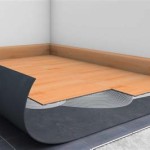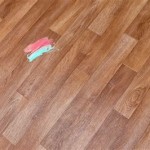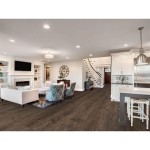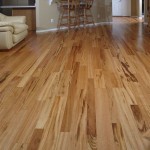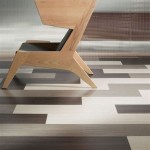Discovering the Cost of Real Hardwood Flooring
Transforming your home with real hardwood flooring is an enticing prospect, but understanding the associated costs is crucial before embarking on this journey. Several factors influence the price of hardwood flooring, each contributing to the overall expense. This article delves into the essential aspects that determine the cost of real hardwood flooring, empowering you to make informed decisions and budget effectively.
Type of Wood Species
The type of wood species you choose plays a significant role in determining the cost of your hardwood flooring. Exotic woods, such as Brazilian Cherry or Teak, tend to be more expensive due to their rarity and durability. Domestic species, like Oak or Maple, are more readily available and generally cost less. Consider the desired aesthetic, durability, and maintenance requirements of each wood species to find the best fit for your needs and budget.
Grade of Wood
The grade of hardwood flooring refers to its appearance and the number of imperfections it exhibits. Clear grade flooring has minimal knots and grain variations, while common grade flooring may have more visible imperfections. Higher grades command a higher price, as they offer a more refined and consistent look. Determine the desired aesthetic for your space and choose a grade that aligns with your preferences and budget.
Width and Thickness of Planks
The width and thickness of hardwood planks can also impact the cost. Wider planks tend to be more expensive than narrower ones, as they require more raw material and labor to produce. Similarly, thicker planks are more durable and stable, but they also come with a higher price tag. Consider the size of your room, traffic patterns, and desired durability when selecting the width and thickness of your hardwood planks.
Installation Method
The method of installation you choose will also affect the overall cost of your hardwood flooring. Nail-down installation, where planks are directly nailed to the subfloor, is the most traditional and cost-effective method. However, glue-down or floating installations, while more expensive, offer greater stability and sound insulation. Consult with a qualified flooring professional to determine the best installation method based on your subfloor type and lifestyle.
Additional Costs
Beyond the price of the hardwood flooring itself, there are additional costs to consider, such as underlayment, moldings, and labor. Underlayment provides a moisture barrier and reduces noise, while moldings add a finished look to your flooring. Labor costs can vary depending on the complexity of the installation and the experience of the installer. Factor in these additional expenses to ensure you have a realistic budget for your hardwood flooring project.
In conclusion, the cost of real hardwood flooring encompasses various factors, including the type of wood species, grade, width and thickness of planks, installation method, and additional materials and labor. By understanding these aspects and carefully considering your preferences and budget, you can make informed decisions that lead to a beautiful and durable hardwood flooring investment.

Guide To Choosing The Right Flooring Cost And Sustaility Jkath Design Build Reinvent

Flooring On A Budget

How Much Does It Cost To Refinish Hardwood Floors 2024 Angi

Best Mississauga Hardwood Flooring Team Floor Ltd

Spotted Gum Flooring Discover A Popular Timber Choice

Engineered Wood Flooring Archives Pt Jati Luhur Agung

Guide To Luxury Handsc Vinyl Crt Flooring

Asian Walnut Chestnut 3 4 X 5 Hand Sc Solid Hardwood Flooring Floors

A Guide To Choosing The Right Flooring All About Remodeling

Is Empire Today Actually Worth It An Honest Review 2024
See Also


